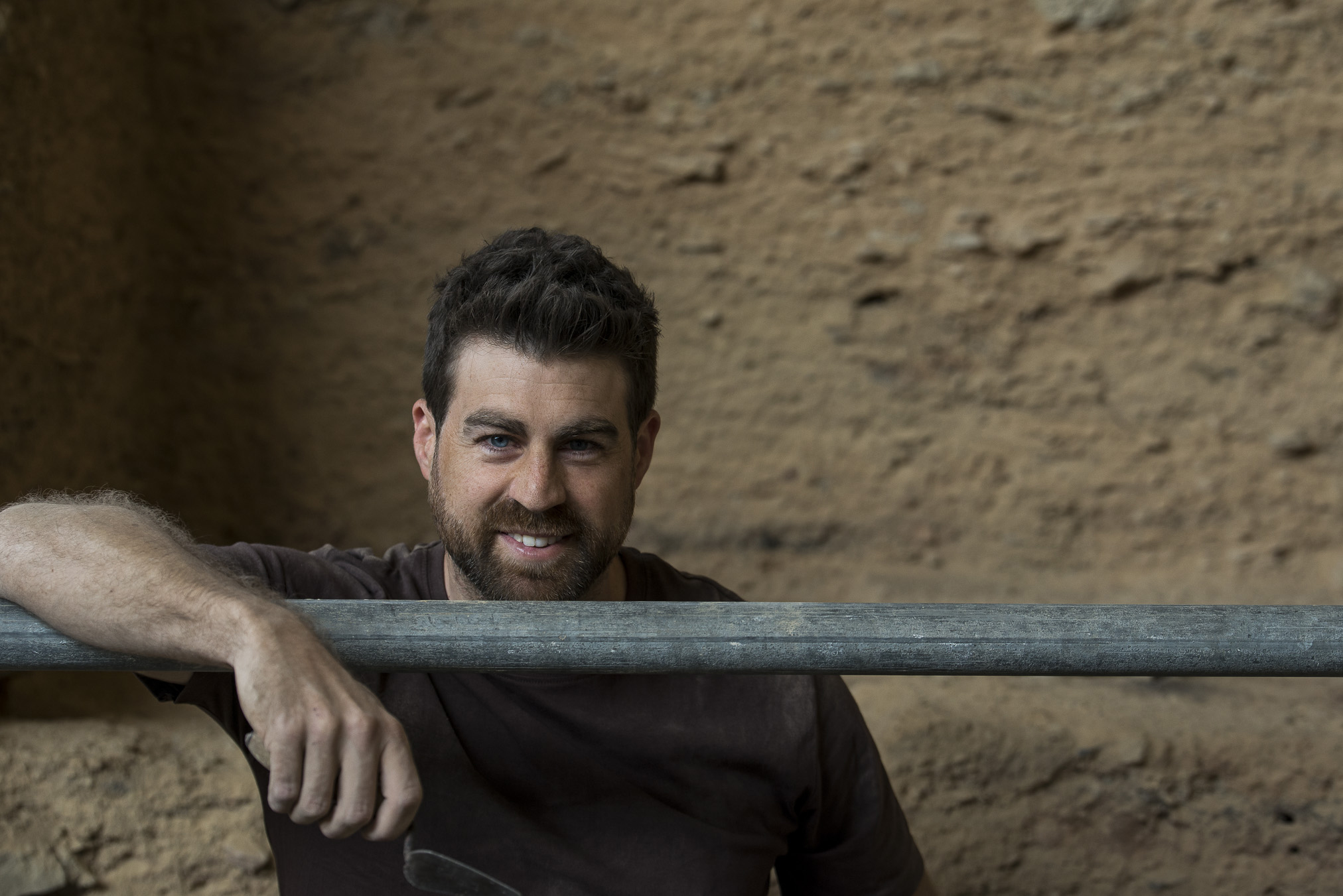Summer vacations do not have to be reduced to the well-known dichotomy of beach or mountain, or to visiting monuments, exploring natural routes or enjoying popular festivals.
Although there is a plan that is a complex mixture of all this.
The historical richness of our country
is not just reduced to that, to history, but it starts much further back, tens of thousands of years ago.
A whole fascinating world that the archaeologist and prehistorian Ignacio Martín Lerma (Logroño, 1981) discovers for us, who in his book
Prehistory in the backpack
(Aguilar) proposes a walk through our country from site to site.
Ignacio Martin Lerma
An archaeologist specializing in the Paleolithic and professor at the University of Murcia, he has participated in numerous excavations and is a science communicator on programs such as 'El condenser de fluzo', on TVE
A mixture of an adventure story, a detailed travel guide and a surprising scientific manual, this story takes us in the footsteps of Sepik, a young Neanderthal who travels through the most important caves in Spain in search of a new place rich in resources that guarantees the continuity of his life. your group.
We are in the middle of the Middle Palaeolithic
, in the so-called Mousterian era, a period that began approximately 125,000 years ago and lasted until about 40,000 years ago, characterized by cold weather and harsh living conditions.
And also because at that time our country was inhabited by that evolutionary cousin who are
the Neanderthals
.
"This species has always aroused a special interest in me,
for being so similar and at the same time so different from us.
.
The Neanderthals deserve to be talked about in a different way than they have been for many years, giving them the importance and place they undoubtedly occupied in our evolutionary scale", explains Martín Lerma, great-grandson of the archaeologist Juan Cuadrado Ruiz, in charge of value the famous Indalo, symbol of Almería.
Chapter by chapter and cave by cave, the author unravels all the aspects of
a much more advanced society than the cliché says
, from group hunting and its omnivorous feeding, to its treatment of art and death, a reflection of a thought complex and a certain religious feeling.
"To talk about this time you have to go back more than 50,000 years, and doing archeology when dealing with these chronologies is not always easy. Experimental archeology and even ethnoarchaeology help us understand some of the things our ancestors did, although not always enough," warns Martín Lerma.
"Why or for what did they paint?
Did they eat human meat for survival?
These are just some of the big questions that archaeologists ask ourselves every day.
We know what they did, even how they did it, instead, why and what for in many cases, and at least until now, remains an enigma."
Ignacio Martin Lerma
Prehistory in the backpack
Aguilar.
240 pages.
€19.90.
E-book: 8.99 euros.
You can buy it here.
running away from topics
However, the prehistorian celebrates that beyond the mysteries, the reality of what the Neanderthals were is finally banishing myths and prejudices sustained for decades.
"Fortunately, more and more voices are being raised to change the concept of Neanderthals that was held until a few years ago. Even so, today
their name is still used as an insult
," laments the author.
"Series, movies, books, they talk about Neanderthals
to refer to macho, gross and even stupid people
.
Scientific evidence points to the opposite, and let's not forget that Westerners have between 2% and 4% Neanderthal genetics in our DNA.
Before using that word again as something derogatory, we must know that what we sometimes reject is part of us.
A neanderthal garden
As this book highlights, our country has one of the largest concentrations of Neanderthal habitats in Europe.
"
The Iberian Peninsula offered them a great climatic refuge. The cold was pushed towards these locations
, finding in them the perfect place in which to carry out their day to day", explains Martín Lerma.
"Let's not forget that we are talking about an ice age; the cold and ice in much of Europe complicated survival, reducing hunting, access to other types of resources and, of course, making any type of activity much more difficult. ".
Its trail is spread throughout our geography, reaching milestones in caves (they also lived outdoors, but the conservation of the remains is almost non-existent) such as those of El Sidrón (Asturias), where the gene that brought Neanderthals and sapiens together was found , Abric Romaní (Catalonia), where important remains of fossilized wood have been found, Gorham's Cave (Gibraltar), perhaps the last place inhabited by Neanderthals, or Cueva del Arco (Murcia), one of the few places where it can be documented the transition between them and our species.
"
The sites that appear in this book are just some of those existing in the Peninsula
, all of them of great scientific relevance, they have provided key pieces in this great unfinished puzzle that is still prehistory."
A puzzle that, regarding this species whose footprints we can follow this summer, has one last controversial piece: that of its disappearance.
"The exact reasons remain a mystery.
The sapiens had to do with its extinction, but they were not exactly responsible
. Currently, there are theories that speak that it could be due to multiple factors; competition for limited resources or the existence of difficulties of adaptation to changes in the environment", points out the prehistorian, and adds that "any new discovery could alter the plot of this wonderful story called History".
Conforms to The Trust Project criteria
Know more
Europe
Articles Andres Seoane

